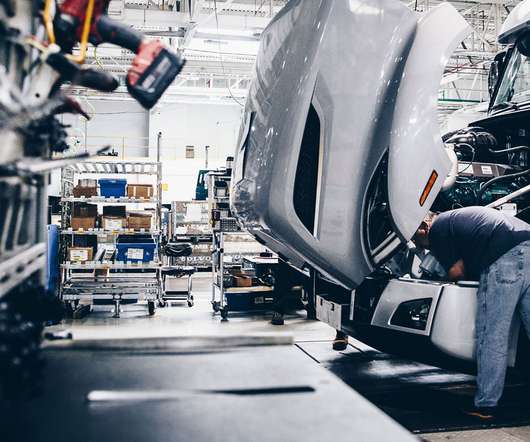New Analysis Shows Truck Manufacturers’ Scare Tactic Just a Bunch of Hot Air
Union of Concerned Scientists
NOVEMBER 3, 2022
Primarily, these have focused on the 2007 EPA regulations, which were the first step in the phase-in of diesel engine standards meant to cut particulate emissions by more than 80 percent and smog-forming nitrogen oxides (NO X ) emissions by 90 percent. Source: ERM 2022 ). Source: ERM 2022 ).












Let's personalize your content